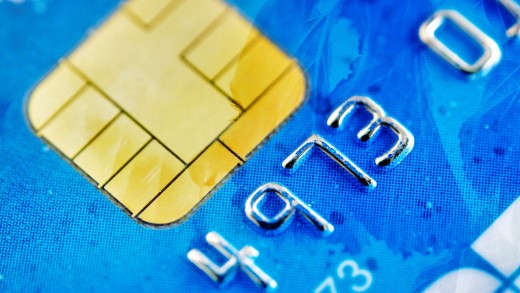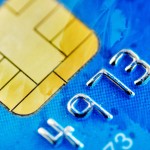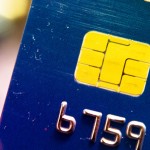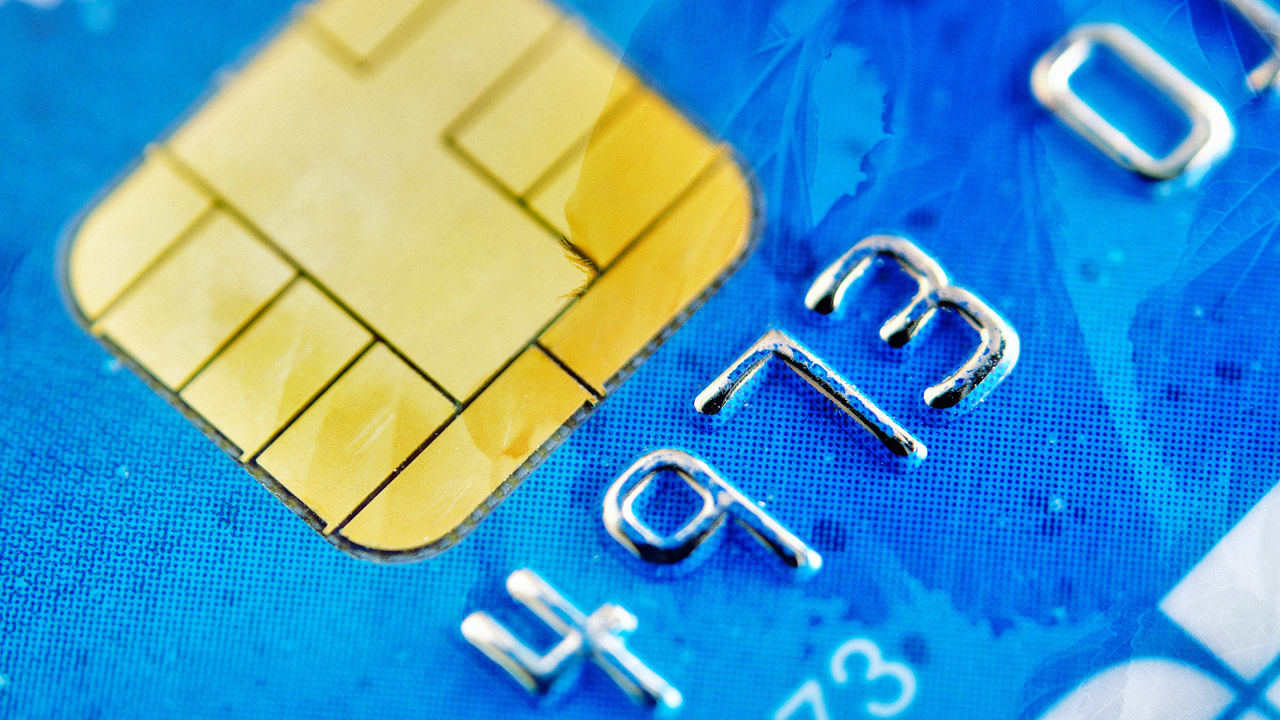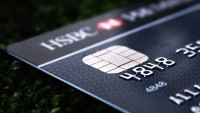Your New credit card security Measure Is…A Selfie?
america is switching over to chip-based totally credit cards. And this means giant, large modifications for bank card safety.
October 1, 2015
if you happen to’re an American with a bank card, the percentages are good you obtained a replacement card in the mail lately. These playing cards, with an embedded chip inside known as an EMV, are part of a major shift in the best way credit cards work in america: In late 2015 and going into 2017, monetary legal responsibility for bank card fraud will shift to shops and merchants if they don’t accept these EMV chip cards. because of this store owners are speeding to purchase the pricey equipment to course of EMV chip playing cards, and card issuers are pumping out cards as quick as shoppers can set off them.
the united states is a holdover in adopting chip credit cards; they were adopted in most different rich elements of the sector years ago, however did not enter into the American economy as banks and merchants argued who would be liable for the price of the changeover. This author individually remembers a cashier at an English corner retailer in a working-classification corner of east London in 2011 laughing at loud at his bank card, questioning why a country so powerful had bank cards so crappy.
however the shift over to those credit cards has meant new and extra sophisticated measures for credit card safety. These changeovers are happening whether you stand on line at a supermarket, buy goods online, and even just pay your utility invoice.
liability Shifts
starting nowadays, credit card issuers that don’t send consumers EMV chip cards and outlets that don’t put in force EMV chip readers can be on the hook financially for credit card fraud. Some retailers are opting to chunk the associated fee by way of elevating costs for patrons as an alternative of going during the (dear and time-eating) course of of training employees to make use of the new card readers and set up equipment, but others are on the lookout for new tips on how to cut back fraud with the brand new chip cards.
Kevin Levitt, vp of trade building at credit Karma, a purchaser-oriented credit card information portal, told fast company that “in the near term, chip technology on bank cards gifts a studying curve for customers as they arrive up to speed on methods to use the card at point of sale—dipping quite than swiping—as well as the security advantages of the expertise.”
And these modifications are rather more difficult for retailers. “whereas some of the major outlets transition to new point of sale programs, the question for small to mid-dimension outlets is whether or not or now not the benefits of chip expertise are purpose enough to put money into new POS terminals instantly,” he brought. “in view that that is the first exchange in credit card expertise at mass scale, we have an interest to look if customers are more apt to utilize the transition time to discover new cost applied sciences reminiscent of NFC and different contactless payment methods.”
In different words: buyers and shops are going to be at a loss for words concerning the important switchover. There’s additionally a transformation that comes with the adoption of chip playing cards in the us. bank card companies expect that a number of bank card fraud will take place on-line somewhat than with forged bank cards at retail stores. That’s why one credit score giant is experimenting with “selfie pay.”
Selfie Pay
MasterCard, which is partly liable for EMV’s identify (EMV, because it turns out, stands for Eurocard, MasterCard, Visa after the protocol’s creators), is checking out out a brand new product they consult with as “Selfie Pay.” In trials happening in the united states and Europe, consumers will have the ability to verify their identification for cell e-commerce purchases via…sure, taking a selfie.
in the pilot mission currently underway, going down with Silicon Valley’s First Tech Federal credit score Union and different stakeholders, every time a purchaser makes a MasterCard purchase using an app on their telephone, an image is taken of them. the image is largely used to authenticate the consumer’s identity in two-step authentication on high of the password, and is move-compared in opposition to a picture of the consumer MasterCard has on file.
according to Ajay Bhalla, president of MasterCard’s endeavor options division, the adoption of EMV chips resulted in fraud at in-individual factors of gross sales decreasing through eighty%. but as he put it, “fraudsters migrate to the digital world” as in-person purchases get safer.
the large credit card provider can be working on several other biometric two-issue authentication assessments. These include heartbeat readers worn on a person’s wrist, which primarily makes use of a heartbeat as a person signature, and voice popularity or iris recognition tasks.
Eye popularity figures a great deal in some other biometric mission from the finance world that, even though it doesn’t contain credit cards, offers a hint of the place credit card authentication is going.
reading Your Eyeballs
Secil Watson, the head of wholesale web solutions for Wells Fargo, has a challenge: Her division is accountable for the infrastructure that lets corporate purchasers behavior extraordinarily huge transactions online. at the moment, authenticating these transactions method the usage of passwords that have to be replaced every few months and the usage of physical tokens with their telephones or computer systems.
“once we do wire approvals, it includes potentially tens of tens of millions of greenbacks being approved in one session,” Watson informed me. “So chance management is crucial.” This risk administration more and more takes the type of biometric authentication of customers. each time a person loses their password or misplaces their bodily password, it’s an expensive and cumbersome process for Wells Fargo: Biometrics, which might be constructed into a user’s physique, are much cheaper.
One part Wells Fargo is testing is iris popularity and the blood vessels in a consumer’s eyes. An app on the cellphone takes a picture of a consumer’s eyes, and then extrapolates information points from it to make use of as a secondary type of identification verification.
They’re also counterintuitive. As Watson defined, “Eye veins don’t seem to be one thing that come to mind first as a result of as people, we don’t use eye veins as a knowledge level for attractiveness. folks think of faces and voices instead as a result of that’s how people naturally recognize people, however there are more data factors within the whites of our eyes a computing device can capture and process!”
the future
but all of these solutions are coming to mobile and to laptop computers first, fairly than to outlets. that is for a simple motive: usability. conversing off the report, a couple of experts in the box stated that shops and eating places are uncontrolled environments the place biometric techniques might simply fail due to either employees not getting used to operating them, customers turning into impatient, or background noise or poor lights rendering verification techniques pointless.
This peculiar, day-to-day chaos of standard humanity doing their common factor remains a challenge for merchants and card suppliers having a look to work with biometrics. while Bhalla assured me his firm’s device of image verification works when there’s poor lighting or a lot of people moving within the background, Watson instructed me user conduct was once a problem Wells Fargo had to be mindful. although she knew picture verification wouldn’t work as planned when a user say, snapped an image of themselves while strolling thru an airport or in a poorly lit train station, customers expected it to work and have been surprised when it didn’t. Accounting for that unusual consumer interface issue is a big challenge her crew continues to face.
For Bhalla and MasterCard, a big part of it is teaching retailers, card considerations, and buyers. “we now have a excellent user experience, however we wish to figure out a way to preserve making it better and perfect it,” he advised me. “We need to educate stakeholders and get everybody to rise up to speed with applied sciences. It’s so much more straightforward than anything else.”
[supply pictures: credit card: nobeastsofierce via Shutterstock; Face: Flickr person O’Shea Douglas]
fast company , read Full Story
(101)

